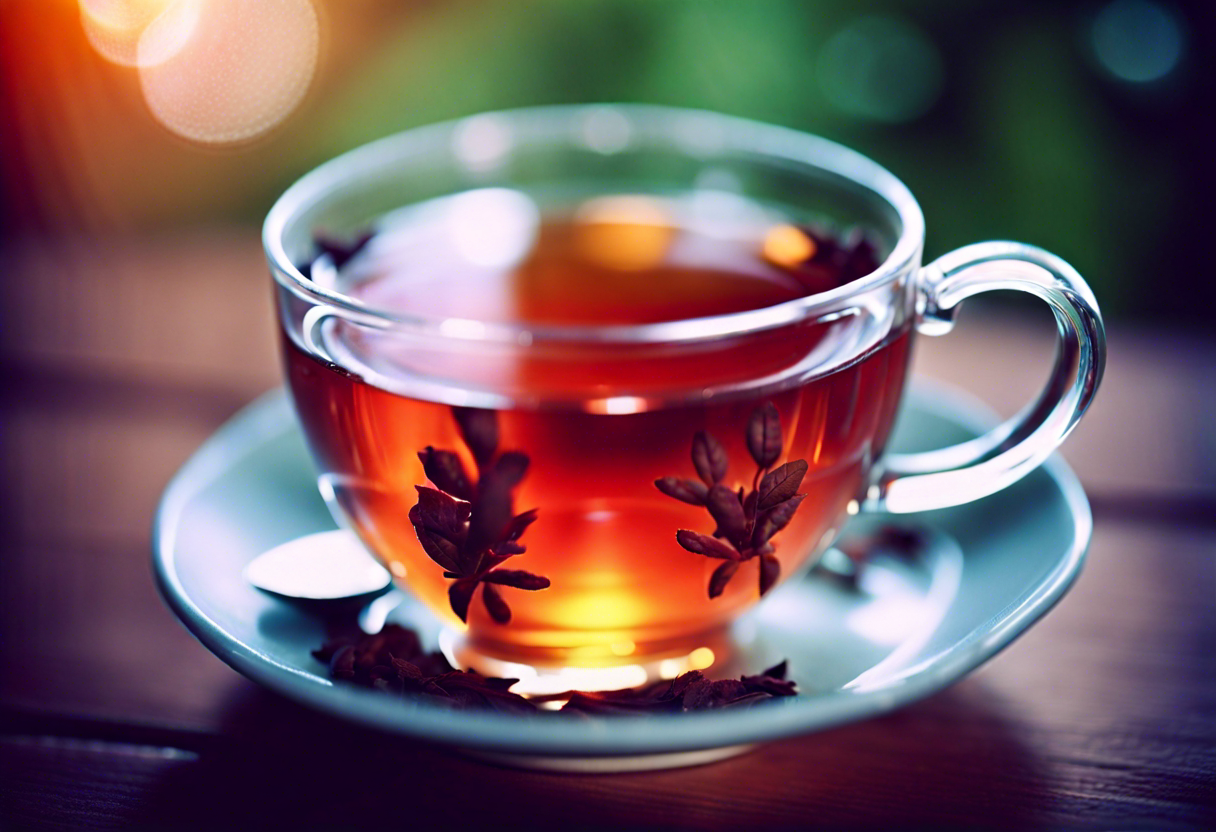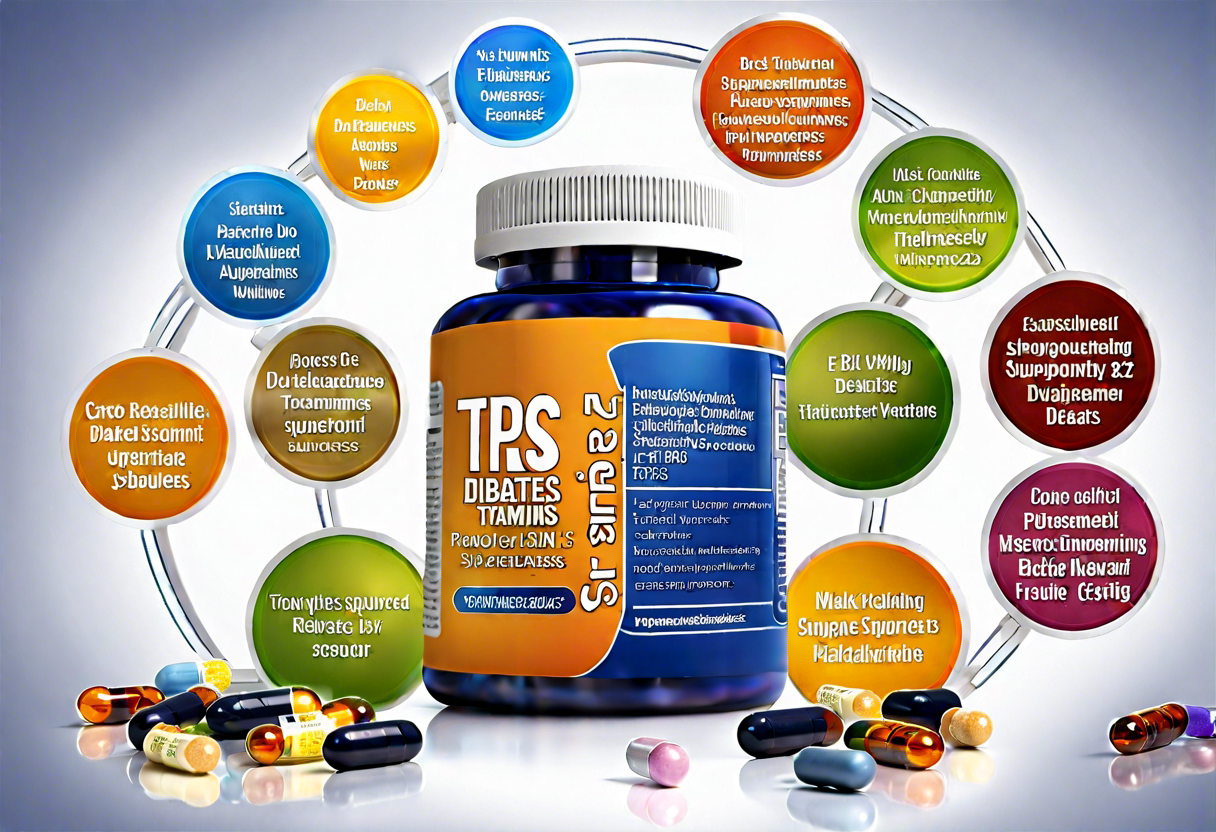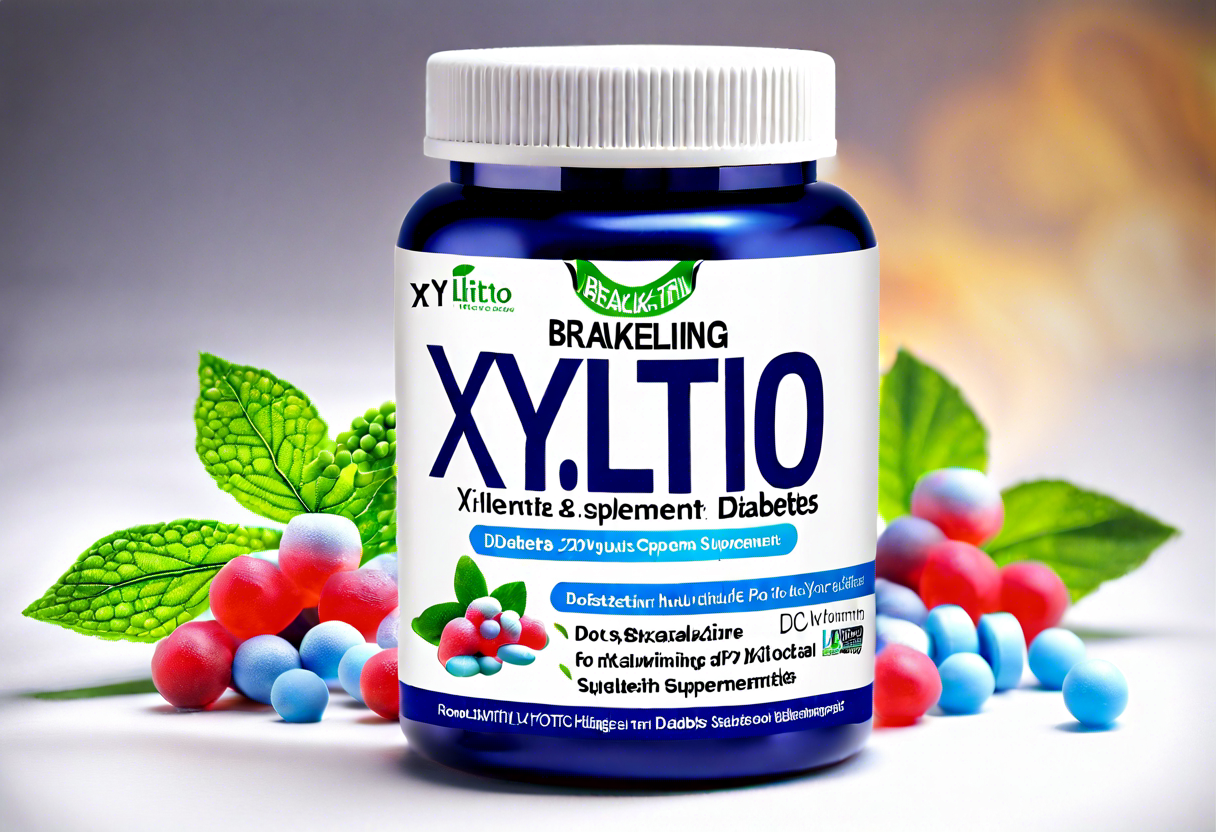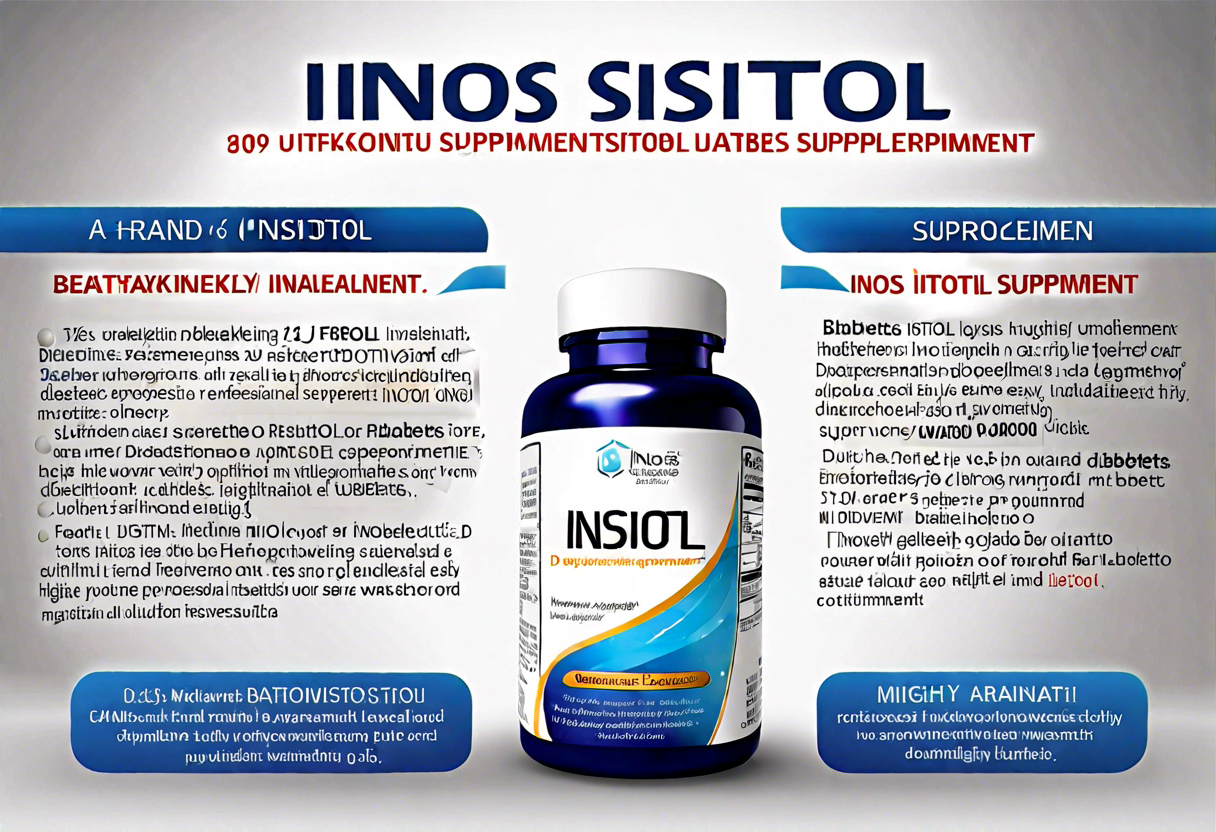Tea and Blood Sugar: The Science Behind its Ability to Lower Blood Sugar Levels
Tea has been consumed for centuries, not only for its delightful taste but also for its potential health benefits. One of the fascinating aspects of tea is its ability to lower blood sugar levels, making it a popular beverage among individuals looking to manage their blood sugar levels. But how exactly does tea help in this regard?
The main key to tea’s blood sugar-lowering properties lies in its unique combination of bioactive compounds. Polyphenols, specifically flavonoids, are the primary group of compounds found in tea that have been extensively studied for their health benefits. These flavonoids, such as catechins and epicatechins, are potent antioxidants and have been shown to improve insulin sensitivity, enhance glucose metabolism, and reduce insulin resistance.
Additionally, tea contains compounds called alkaloids, particularly theanine and caffeine, which can affect blood sugar levels. Theanine has been found to increase insulin secretion and improve glucose tolerance, helping to regulate blood sugar levels. Caffeine, on the other hand, may lead to a temporary increase in blood sugar levels but can also improve insulin sensitivity over the long term.
Different types of tea have varying effects on blood sugar control. Green tea, for example, is widely recognized for its blood sugar-lowering benefits. It contains high levels of polyphenols, making it a potent antioxidant. Green tea extract has shown promising results in studies, demonstrating its ability to reduce fasting blood sugar levels and hemoglobin A1C levels, a marker of long-term blood sugar control.
Black tea, another popular variety, is also rich in flavonoids and has been associated with improved blood sugar control. Some studies have shown that black tea consumption can lower fasting blood sugar levels and decrease insulin resistance in individuals with type 2 diabetes.
Herbal teas, such as chamomile and hibiscus tea, have also been found to play a role in blood sugar management. Chamomile tea contains compounds with anti-inflammatory properties that may help improve insulin sensitivity and reduce blood sugar levels. Hibiscus tea, on the other hand, has been shown to have a hypo-glycemic effect, meaning it can lower blood sugar levels.
To maximize the blood sugar-lowering benefits of tea, it is essential to prepare and consume it correctly. Steeping tea for an appropriate amount of time, usually around 3-5 minutes, allows for the extraction of beneficial compounds. It is also recommended to avoid adding excessive amounts of sugar or sweeteners, as they can counteract the tea’s natural blood sugar-lowering effects.
Tea offers a natural and enjoyable way to potentially lower blood sugar levels. Its unique combination of bioactive compounds, including flavonoids and alkaloids, have been shown to improve insulin sensitivity, enhance glucose metabolism, and reduce insulin resistance. Green tea, black tea, and herbal teas like chamomile and hibiscus all show promise in aiding blood sugar control. By incorporating tea into a balanced diet and lifestyle, individuals looking to manage their blood sugar levels may find it to be a beneficial addition.
Sources:
- https://www.ncbi.nlm.nih.gov/pubmed/25264315
- https://www.ncbi.nlm.nih.gov/pubmed/26364668
- https://www.ncbi.nlm.nih.gov/pubmed/23803878
Understanding the Different Types of Tea that Aid in Blood Sugar Control
Tea has long been revered for its numerous health benefits, including its potential to help lower blood sugar levels. While all types of tea come from the same plant, Camellia sinensis, the different processing methods and growing conditions give rise to a variety of tea types, each with its unique characteristics and health benefits.
1. Green Tea: Green tea is renowned for its high concentration of antioxidants called catechins, particularly epigallocatechin gallate (EGCG). These compounds have been shown to enhance insulin sensitivity and improve glucose metabolism, which can help regulate blood sugar levels. Studies have also suggested that green tea consumption may lower the risk of developing type 2 diabetes.
2. Black Tea: Black tea undergoes a more extensive oxidation process compared to green tea, resulting in a darker color and stronger flavor. The polyphenols found in black tea, such as theaflavins and thearubigins, have been associated with improved insulin sensitivity and reduced blood sugar spikes after meals. One study even found that black tea extract significantly lowered blood sugar levels in individuals with type 2 diabetes.
3. Oolong Tea: Oolong tea falls between green tea and black tea in terms of oxidation. It retains some of the health benefits of both types. Like other teas, oolong tea contains antioxidants that may help regulate blood sugar levels. One study showed that regular oolong tea consumption for 30 days led to reduced fasting blood sugar levels in individuals with type 2 diabetes.
4. White Tea: White tea is the least processed among the different tea types, making it rich in antioxidants. Although research on white tea’s specific effects on blood sugar control is limited, its antioxidant properties suggest potential benefits in managing diabetes. Additionally, white tea has a milder flavor compared to green or black tea, which may appeal to those who prefer a lighter taste.
5. Herbal Tea: Herbal teas, such as chamomile, peppermint, and cinnamon, do not come from the Camellia sinensis plant but are widely consumed for their aromatic flavors and potential health benefits. Certain herbal teas, like chamomile, have shown promise in helping to reduce blood sugar levels. However, it’s important to note that herbal teas may not have the same effects on blood sugar control as those derived from the Camellia sinensis plant.
When incorporating tea into your routine to aid in blood sugar control, it’s essential to choose high-quality, organic teas without added sugars or artificial flavors. Steeping the tea properly and enjoying it without added sweeteners can further optimize its potential benefits. As with any dietary changes or additions, it is advisable to consult your healthcare provider for personalized recommendations.
The Role of Antioxidants in Tea for Managing Blood Sugar Levels
When it comes to managing blood sugar levels, incorporating antioxidant-rich foods and beverages into your diet can be highly beneficial. Tea, in particular, has gained recognition for its potential to lower blood sugar levels. But what exactly is the role of antioxidants in tea when it comes to managing blood sugar?
Antioxidants are natural compounds that help protect the body against harmful molecules known as free radicals. These free radicals can cause oxidative stress and damage cells, leading to various health problems, including diabetes. By neutralizing free radicals, antioxidants can help reduce the risk of developing chronic conditions like type 2 diabetes and aid in managing blood sugar levels.
Tea is a rich source of antioxidants, including catechins, flavonoids, and polyphenols. Catechins, specifically, have been found to have a positive impact on blood sugar control. One study published in the Journal of Agricultural and Food Chemistry found that green tea catechins could help lower blood glucose levels by enhancing insulin sensitivity and reducing insulin resistance. Another review study published in the American Journal of Clinical Nutrition concluded that tea consumption, particularly green and black tea, was associated with a reduced risk of developing type 2 diabetes.
But how do these antioxidants in tea work to manage blood sugar levels? One proposed mechanism is their ability to improve insulin sensitivity. Insulin is a hormone produced by the pancreas that plays a crucial role in regulating blood sugar levels. When there is reduced insulin sensitivity, the body becomes less responsive to the effects of insulin, leading to higher blood glucose levels. Antioxidants found in tea can help enhance insulin sensitivity, allowing for better regulation of blood sugar.
Furthermore, some studies suggest that tea antioxidants may also inhibit carbohydrate digestion and absorption. This means that consuming tea with a meal can potentially slow down the rate at which carbohydrates are broken down and absorbed, resulting in a more gradual increase in blood sugar levels.
To maximize the blood sugar-lowering benefits of tea, it’s essential to choose the right types. Green tea, black tea, and oolong tea are known to be particularly beneficial due to their high antioxidant content. Herbal teas such as chamomile and cinnamon tea may also offer blood sugar-lowering effects.
The antioxidants present in tea, such as catechins, flavonoids, and polyphenols, play a significant role in managing blood sugar levels. These antioxidants help improve insulin sensitivity, reduce insulin resistance, and potentially slow down carbohydrate digestion and absorption. By incorporating tea into your diet, you can take advantage of its blood sugar-lowering benefits and promote overall health and well-being.
For more information on managing blood sugar levels and the benefits of tea, you can visit websites such as [website 1] and [website 2].
How to Prepare and Consume Tea for Maximum Blood Sugar Lowering Benefits
Tea has been recognized for its potential to lower blood sugar levels and offer various health benefits. However, it is essential to understand how to prepare and consume tea properly to maximize its blood sugar-lowering benefits. By following these guidelines, you can make the most of your tea and harness its potential for managing blood sugar effectively.
Brewing Techniques: To prepare tea for maximum blood sugar-lowering benefits, it is crucial to select high-quality tea leaves or tea bags. Loose-leaf teas generally have a more robust flavor and higher concentrations of beneficial compounds. Depending on your preference, you may choose from various tea types such as green tea, black tea, or herbal tea.
Water Temperature and Steeping Time: The water temperature and steeping time play a significant role in optimizing the health benefits of the tea. Green tea and white tea are delicate and should be brewed with water around 175°F (80°C) to preserve their antioxidants. Black tea and herbal teas, on the other hand, can be brewed with boiling water (212°F or 100°C). Steeping time should range between 2 to 5 minutes, depending on the tea type.
Ingredient Additions: While some prefer plain tea, others like to enhance the flavor and health benefits by adding natural ingredients. For example, a dash of lemon juice can add a refreshing twist to green tea while providing additional antioxidants. Cinnamon is another popular addition known for its potential to aid in blood sugar control. However, it is recommended to consult with a healthcare professional if you have any specific dietary considerations or health conditions.
Frequency and Timing: Consistency is key when incorporating tea into your routine for blood sugar management. Enjoy a cup of tea 2 to 3 times a day for optimal benefits. You may choose to have tea alongside or between meals. However, it is advisable to avoid consuming tea immediately before or after a meal as it may interfere with the absorption of certain nutrients.
Other Lifestyle Considerations: While tea can contribute to better blood sugar control, it is also essential to maintain a balanced lifestyle. Regular exercise, a healthy diet, and monitoring your blood sugar levels are equally crucial in managing your overall health. It is essential to consult with your healthcare provider for personalized guidance on integrating tea and other lifestyle modifications into your diabetes management plan.
Preparing and consuming tea correctly can maximize its potential to lower blood sugar levels. By selecting high-quality tea, brewing it at the appropriate temperature and steeping time, and considering ingredient additions, you can optimize the health benefits of tea. Remember to enjoy tea consistently as part of a balanced lifestyle and consult with your healthcare provider for personalized advice on incorporating tea into your diabetes management plan.
For more information on managing blood sugar levels, you can visit diabetes.org or mayoclinic.org.
Tea and Diabetes: Exploring the Effectiveness of Tea as a Complementary Treatment for Type 2 Diabetes
Living with type 2 diabetes can be a challenging journey, but there are natural remedies that can help manage the condition. One such remedy gaining popularity is the consumption of tea. Tea, known for its antioxidant properties, has been found to be beneficial in lowering blood sugar levels, making it a potential complementary treatment option for individuals with type 2 diabetes.
Several types of tea have shown promising results in controlling blood sugar levels. One of the best teas for lowering blood sugar is green tea. Green tea contains compounds called catechins, which help improve insulin sensitivity and regulate glucose metabolism. Studies have shown that regular consumption of green tea can lead to a significant decrease in fasting blood sugar levels.
Another type of tea worth mentioning is black tea. Black tea is known for its rich flavor and contains powerful antioxidants called theaflavins. These antioxidants have been found to improve insulin activity and reduce insulin resistance, resulting in better blood sugar control. black tea into your daily routine may help stabilize blood sugar levels and reduce the risk of complications associated with type 2 diabetes.
In addition to green and black tea, herbal teas can also play a role in blood sugar management. One such herbal tea is chamomile tea. Chamomile tea is known for its calming properties and has been shown to have a positive effect on blood sugar levels. Research has indicated that chamomile tea can help lower blood sugar levels and improve insulin sensitivity, making it an excellent choice for individuals with type 2 diabetes.
When it comes to preparing and consuming tea for maximum blood sugar-lowering benefits, it’s essential to follow a few key steps. First, use high-quality tea leaves or tea bags to ensure the maximum concentration of beneficial compounds. Steep the tea for the recommended time to extract all the goodness. Avoid adding sweeteners or milk, as they can negate the blood sugar-lowering effects of tea. For best results, consume tea regularly as part of a healthy lifestyle that includes a balanced diet and regular exercise.
Tea can be a valuable tool in managing blood sugar levels for individuals with type 2 diabetes. Green tea, black tea, and chamomile tea are among the best teas for lowering blood sugar. By incorporating these teas into your daily routine and following the proper preparation methods, you can harness their potential benefits in complementing your diabetes management plan. Remember to consult with your healthcare provider before making any significant changes to your treatment regimen.
Conclusion
Tea offers a scientifically-backed solution for individuals looking to lower their blood sugar levels naturally. We have explored the various types of tea that aid in blood sugar control, highlighting their unique properties and benefits. From black tea to green tea, each variety has shown promise in regulating blood sugar levels.
Furthermore, we have delved into the role of antioxidants in tea for managing blood sugar levels. These powerful compounds help combat oxidative stress and inflammation, both of which are strongly associated with diabetes. By incorporating tea into our daily routines, we can harness the potent antioxidant properties and potentially mitigate the risk of developing type 2 diabetes.
To ensure maximum blood sugar-lowering benefits, it is crucial to prepare and consume tea correctly. Steeping tea for the recommended time, choosing high-quality loose leaf tea, and avoiding adding any sweeteners are essential steps in maximizing its effectiveness. Additionally, incorporating tea into a well-balanced diet and healthy lifestyle can further enhance its blood sugar-lowering potential.
When it comes to tea and diabetes, the evidence suggests that tea can be a valuable complementary treatment for individuals with type 2 diabetes. While tea alone cannot replace conventional medical treatments, its regular consumption may contribute to improved blood sugar control and overall health. It is essential for individuals with diabetes to consult with their healthcare provider to determine the best approach to including tea in their management plan.
The best tea to lower blood sugar depends on personal preference and individual health needs. However, options such as green tea, black tea, oolong tea, and herbal teas like chamomile and cinnamon have all been associated with positive effects on blood sugar levels. By incorporating tea into our daily routines, we can harness the natural benefits of these beverages and potentially support our journey towards optimal blood sugar control. Embracing tea as part of a well-rounded approach to managing blood sugar levels can contribute to a healthier lifestyle and reduced risk of diabetes-related complications. So, why not raise a cup of tea and toast to good health?









